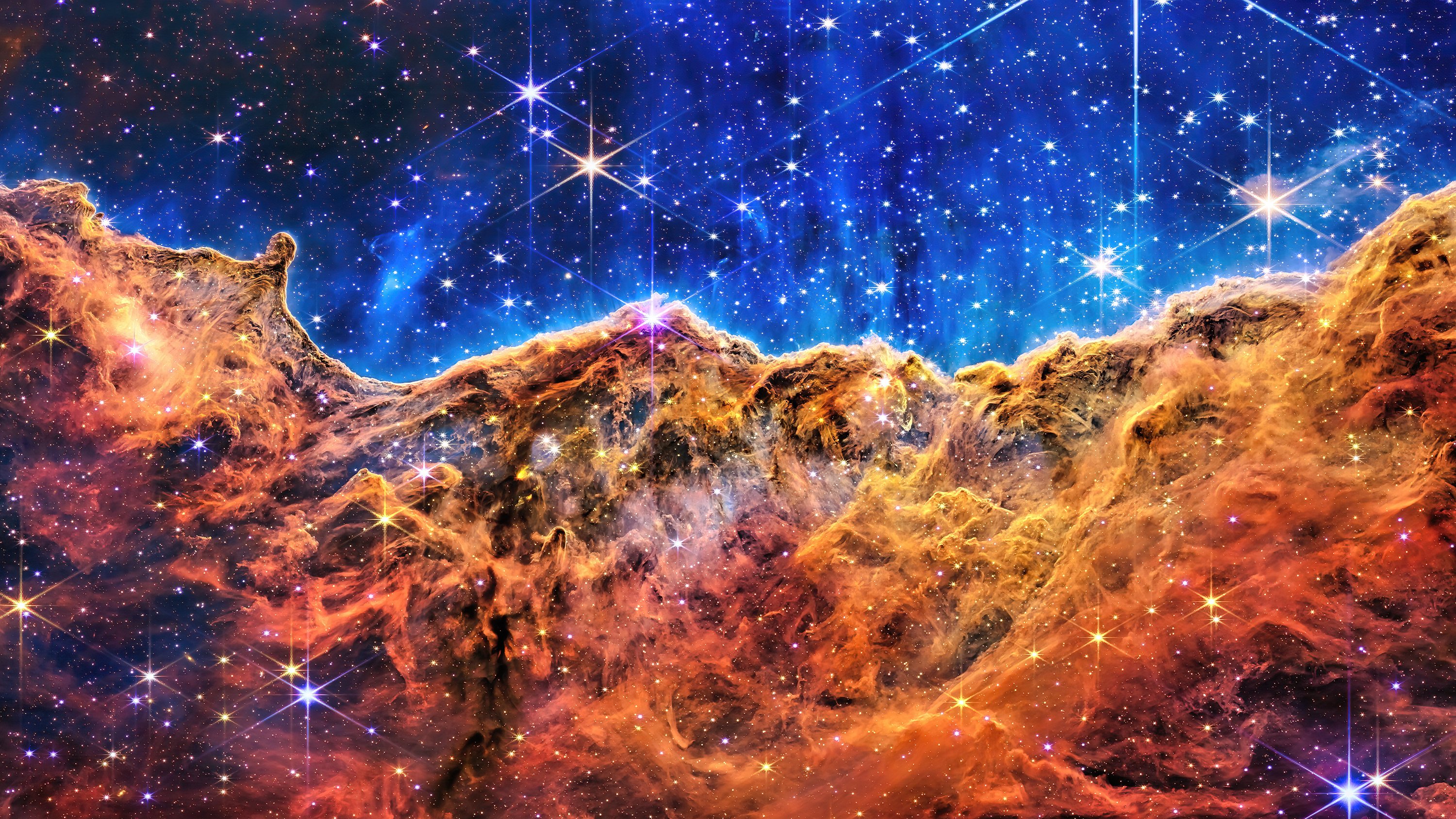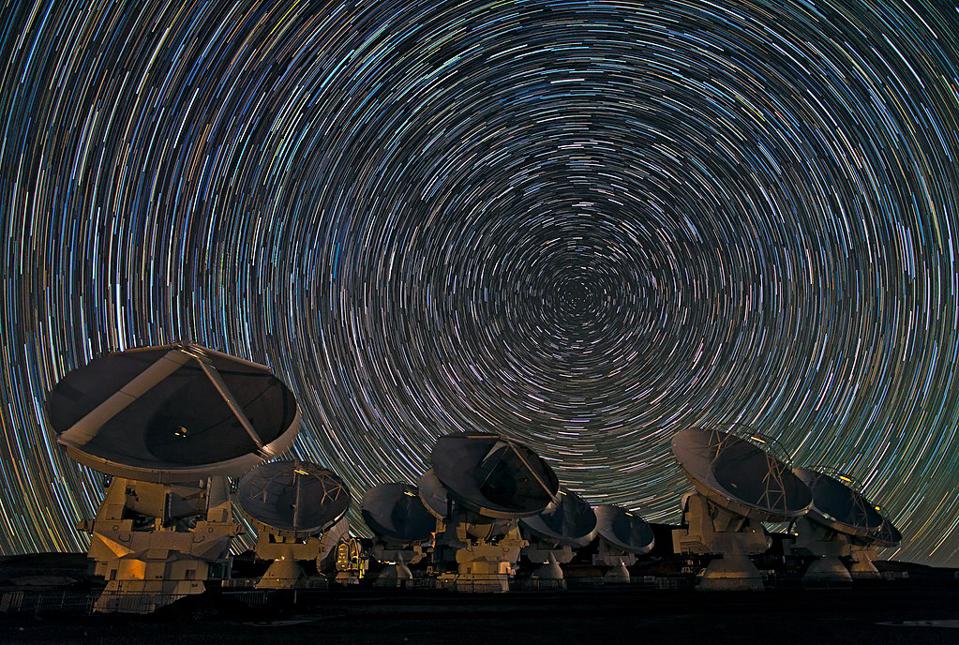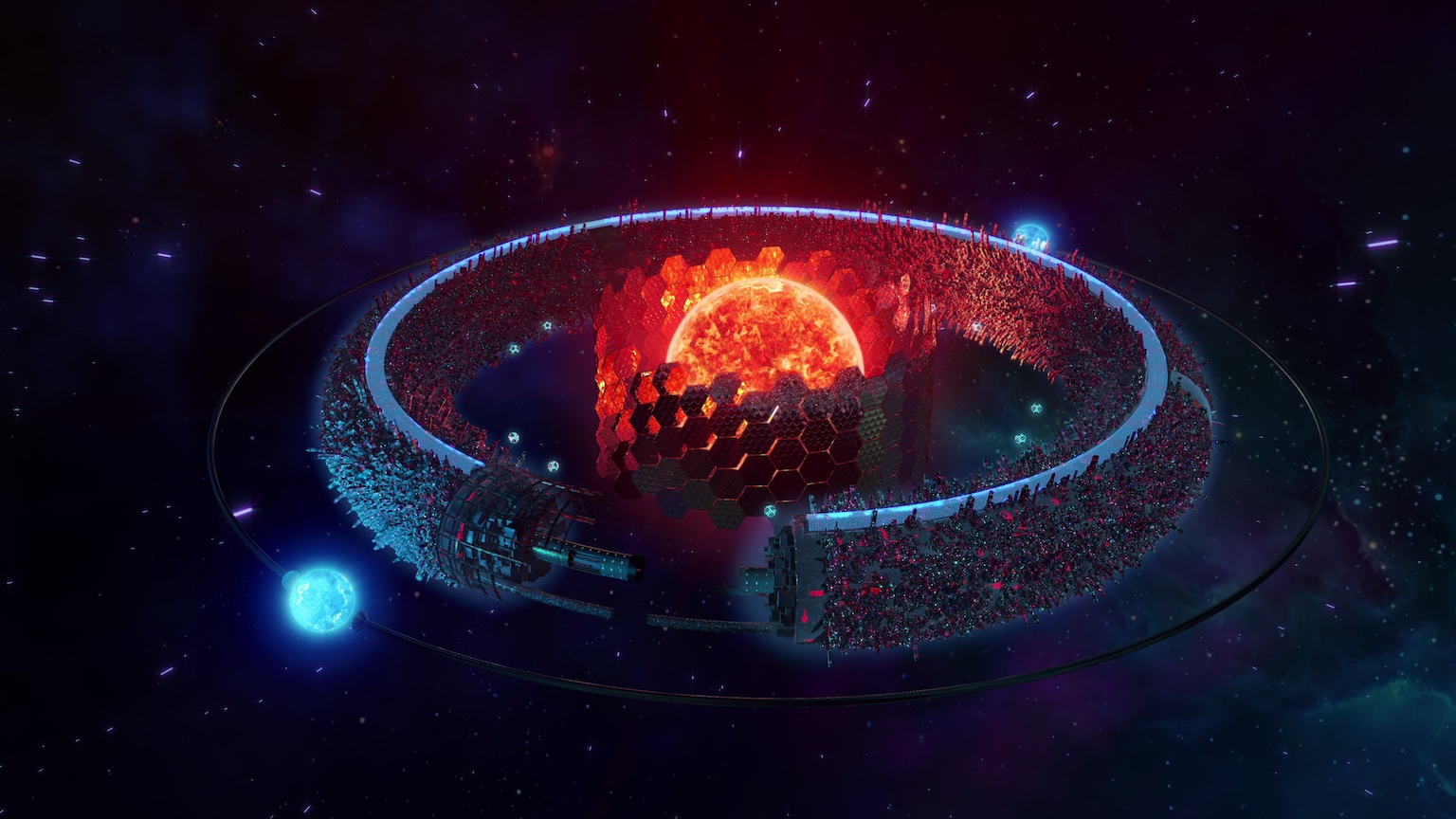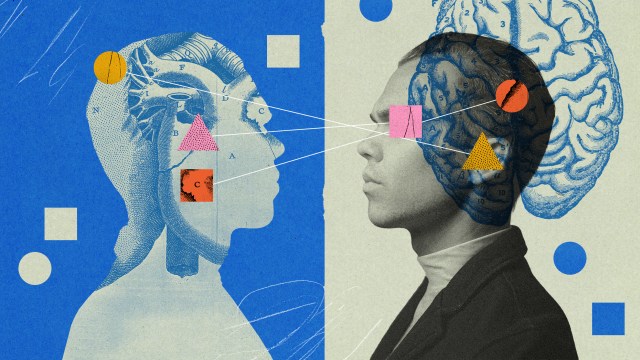How Einstein tried to model the shape of the Universe
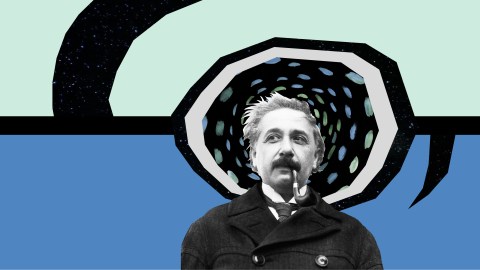
- Two years after proposing his general theory of relativity, Einstein endeavored to find the shape of the Universe.
- With no data available, he assumed the simplest possible solution: a spherical and static cosmos.
- To Einstein’s surprise, it turned out that the Universe is much more interesting than he had imagined.
In 1917, just two years after Albert Einstein proposed the general theory of relativity — his revolutionary new theory of gravity — he took a bold step forward and decided to apply his theory to the Universe as a whole. His question was simple but incredibly bold: Can we model the shape of the Universe? To answer, Einstein made use of his new, powerful theory that described gravity as the curvature of spacetime around a mass. The more massive a body, the more warped the geometry around it is, and the slower time ticks.
Einstein’s reasoning was crystal clear. Since his theory allowed him to calculate how the Sun’s mass bends space around it, if he modeled how mass is distributed in the Universe, he could calculate its shape. His theory was not limited to any particular location in the Universe — it could measure the Universe itself. Imagine that: a human mind computing the geometry of the Cosmos.
Einstein’s madhouse cosmology
Einstein was the first to recognize how controversial his ideas might be. In a letter to physicist and friend Paul Ehrenfest in early 1917, Einstein wrote, “I have…again perpetrated something about gravitational theory which somewhat exposes me to the danger of being confined in a madhouse.” Einstein’s proposal inaugurated a new era in cosmology, one that started with the application of general relativity to the Universe as a whole and allowed scientists to study the structure and evolution of the Cosmos.
But the equations of general relativity are very complex, and to find solutions one needs to impose simplifications. This happens often in physics, especially now that most of the simpler, linear problems have been dealt with. Before computers allowed us to tackle nonlinear systems, physics was the art of effective approximations. Even when a problem in its full complexity could not be solved, you were in business if you could keep its main features and introduce “easy” equations to solve.
But in 1917, Einstein had a huge task ahead of him. He had to simplify the Universe, fit it into a version of his equations that he could solve by hand. At that time, no one thought seriously that the Universe was expanding — in other words, that it was changing in time. There were small-scale motions like the local displacements of stars, but these did not reveal any overall trend. There was no compelling evidence that large-velocity motions existed in the Universe. It would take until 1929 for Edwin Hubble to confirm cosmic expansion, a topic we explored here recently.
Universal homogeneity
What Universe would Einstein theorize? The less data is available, the more a scientist is free to speculate. This is fascinating from a cultural aspect, because the choices a scientist makes with such freedom reveal a lot about their worldview. Einstein, like most everyone else at the time, believed the Universe to be static. He thought that most matter was part of the Milky Way. Only in 1924 would it become clear that our galaxy was one among billions of others — again thanks to Hubble’s work.
Einstein was not comfortable with the notion of an infinite Universe that contained a finite amount of matter. He believed that a spatially bounded, and thus finite, Universe was a much more natural choice from the point of view of general relativity. It was also the simplest choice and the most mathematically elegant one. It pictures the Universe as a perfect balloon.
The geometry of the Universe is uniquely determined by its total mass (and/or its energy, as a consequence of special relativity, described by Einstein’s earlier theory). Remember that we are looking here for simplifications. Well, Einstein’s first simplification became known as the cosmological principle. It told us that the Universe on average looks the same everywhere in all directions. At large enough volumes, the Universe is homogeneous (the same everywhere) and isotropic (the same in all directions). There is no preferred point or direction in the Universe. If we look within small volumes, such as in the neighborhood of the Sun, we will see stars that are not really spread out in the same way in all directions. But if we take a large enough chunk of the Universe and compare it to another large chunk, according to this principle, they will look about the same. A useful image is to think of a crowded beach on a summer afternoon. If you walk around, you will see a lot of variation, with some empty spots here and there. But from afar the beach is homogeneous, presenting a mass and a mess of humans across its breadth.
Collapsing universal logic
Once homogeneity and isotropy are factored in, it becomes much easier to solve Einstein’s equations. Einstein’s Universe is spherical, and its geometry is determined by a single parameter — the radius of the Universe. Because Einstein’s is a static Universe, the distribution of matter does not change in time, hence neither does the geometry.
Einstein, then, assumed a finite, spherical, and static Universe, one with a closed geometry characterized by a three-dimensional generalization of the surface of a sphere. As such it had a radius, which was determined by the total mass of the Universe. This is as it should be, since matter bends geometry. As he proudly announced in 1922, “The complete dependence of the geometrical upon the physical properties becomes clearly apparent by means of this equation.”
Much to Einstein’s disappointment, this solution came with a high price tag. If the Universe is finite and static, and gravity is an attractive force, matter will tend to collapse on itself unless it has negative pressure, which is a weird property. When filled with a constant density of matter that has zero or positive pressure, this Universe simply could not exist. Something else was needed.
To keep his Universe static, Einstein added a term into the equations of general relativity, one he initially dubbed a negative pressure. It soon became known as the cosmological constant. Mathematics allowed the concept, but it had absolutely no justification from physics, no matter how hard Einstein and others tried to find one. The cosmological constant clearly detracted from the formal beauty and simplicity of Einstein’s original equations of 1915, which achieved so much without any need for arbitrary constants or additional assumptions. It amounted to a cosmic repulsion chosen to precisely balance the tendency of matter to collapse on itself. In modern parlance we call this fine tuning, and in physics it is usually frowned upon.
Einstein knew that the only reason for his cosmological constant to exist was to secure a static and stable finite Universe. He wanted this kind of Universe, and he did not want to look much further. Quietly hiding in his equations, though, was another model for the Universe, one with an expanding geometry. In 1922, the Russian physicist Alexander Friedmann would find this solution. As for Einstein, it was only in 1931, after visiting Hubble in California, that he accepted cosmic expansion and discarded at long last his vision of a static Cosmos.
Einstein’s equations provided a much richer Universe than the one Einstein himself had originally imagined. But like the mythic phoenix, the cosmological constant refuses to go away. Nowadays it is back in full force, as we will see in a future article.
